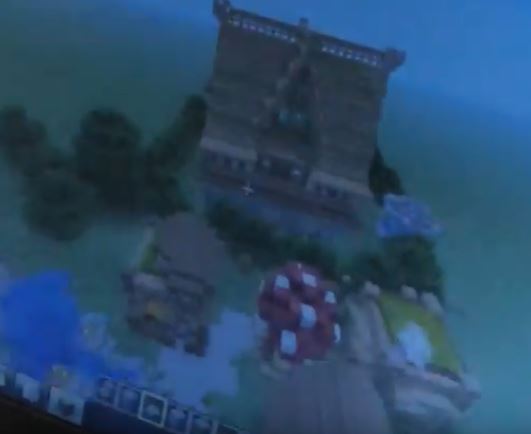This lesson is for : Grade 8:
Summary
Students will explore the role of the artist in the field of Game Design through following the process of creating a game themselves. They will discover the impact of planning, collaboration, and the contributions of art to the process of video game creation.
TIPC Ratings
Research & Information Fluency
Rating: Approaching – Explanation: Students were asked to look at different video games, and purposefully given titles that it was unlikely they knew. Since they were already delving into the unknown, they were given the questions as a support so they could focus on finding the information and critically assessing their findings. This wasn’t the focus of the project, but was an important exercise to increase their awareness of other genres and give them exposure to titles and game designers they might not otherwise interact with.
Communication & Collaboration
Rating: Approaching – Explanation: Students were able to choose their own groups and utilized the checklist and planning sheets to divide up and complete tasks in the construction of their video game. The planning and creation had many components so students had to reflect on their work together to keep to the given timeline.
Critical Thinking & Problem Solving
Rating: Ideal – Explanation: Students were given a general task and had a wide array of tools they were permitted to utilize or select from, based on how they decided to approach their game. At the end, students also reflected on their decisions and planning process, including addressing how they would have approached the game differently if they could go back and do it all again.
Creativity & Innovation
Rating: Ideal – Explanation: Students were given the tools and allowed to create a game in any genre and with only a basic set of requirements. The groups were allowed to use information presented earlier to fuel creative decisions and design their own approaches to creating a game with their available tools. At the end they had the chance to reflect on those decisions and question their process decisions in a productive way.





